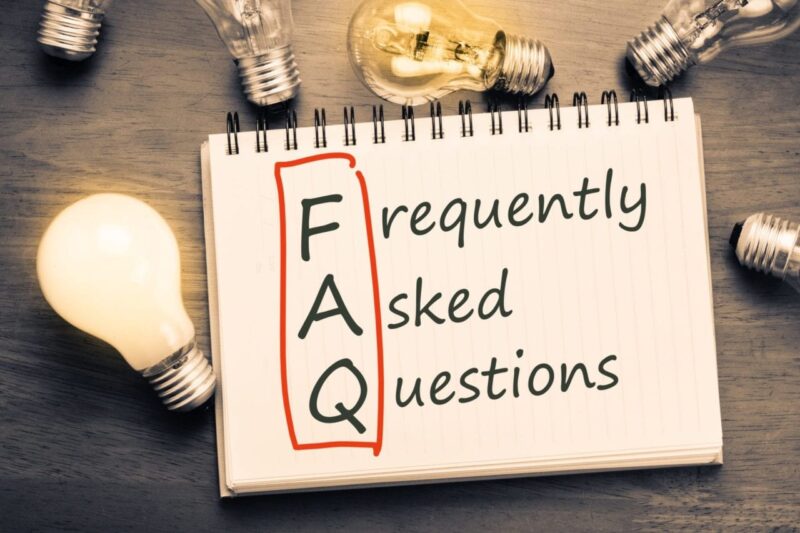Those with savings above £1.5 million, or who believe the value of their pension pot will rise to above this level through investment growth without any further contributions or pension savings, will be able to apply for a new personalised lifetime allowance of £1.8 million, providing they cease accruing benefits in all registered pension schemes before 6 April 2012. Notifications in writing for this must be received by Her Majesty’s Revenue and Customs (HMRC) on the prescribed form by 5 April 2012.
Individuals who have an annual allowance charge of over £2,000 are in most cases able to elect for their pension scheme to pay their annual allowance charge in return for an actuarial reduction to their benefits within the scheme.
HMRC granted some £32.9bn in tax relief during 2010/11. The latest figures from HM Treasury have shown that HMRC gave out around £19.4bn for employer pension contributions, which are not liable for taxation. A further £6.8bn was foregone because pension schemes are exempt from paying tax on their investment income, while the remaining £6.6bn was accrued directly by individuals contributing to a company or personal pension scheme. Overall, the value of pension tax relief has risen by 87% in the last decade.
Speaking to the BBC, John Whiting, of the Chartered Institute of Taxation, said: ‘The relief on employee contributions has been pretty steady for the last few years, but the relief for employer contributions has risen a lot, probably because employers have had to put a lot more money into their schemes to plug deficits.’
The Government’s new pension auto-enrolment scheme will also start to take effect from October 2012, and this is likely to increase significantly the annual cost to HMRC of pension tax relief. The forecast rising cost to HMRC of pension tax relief could prompt further attempts to reduce this, as the Government seeks to ‘balance the books’.
Earlier this year, the Chief Secretary to the Treasury, Danny Alexander, suggested that tax relief for higher rate taxpayers should be halved to 20% to help the Government save.



